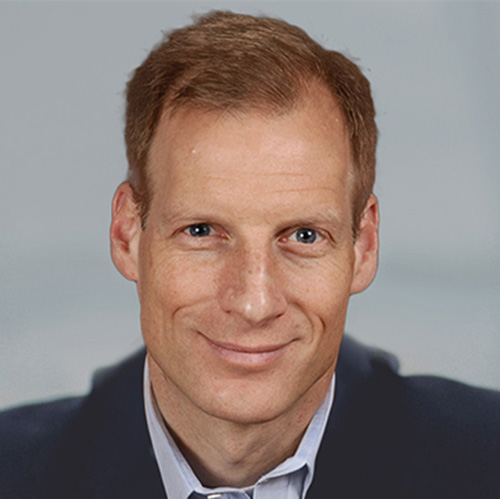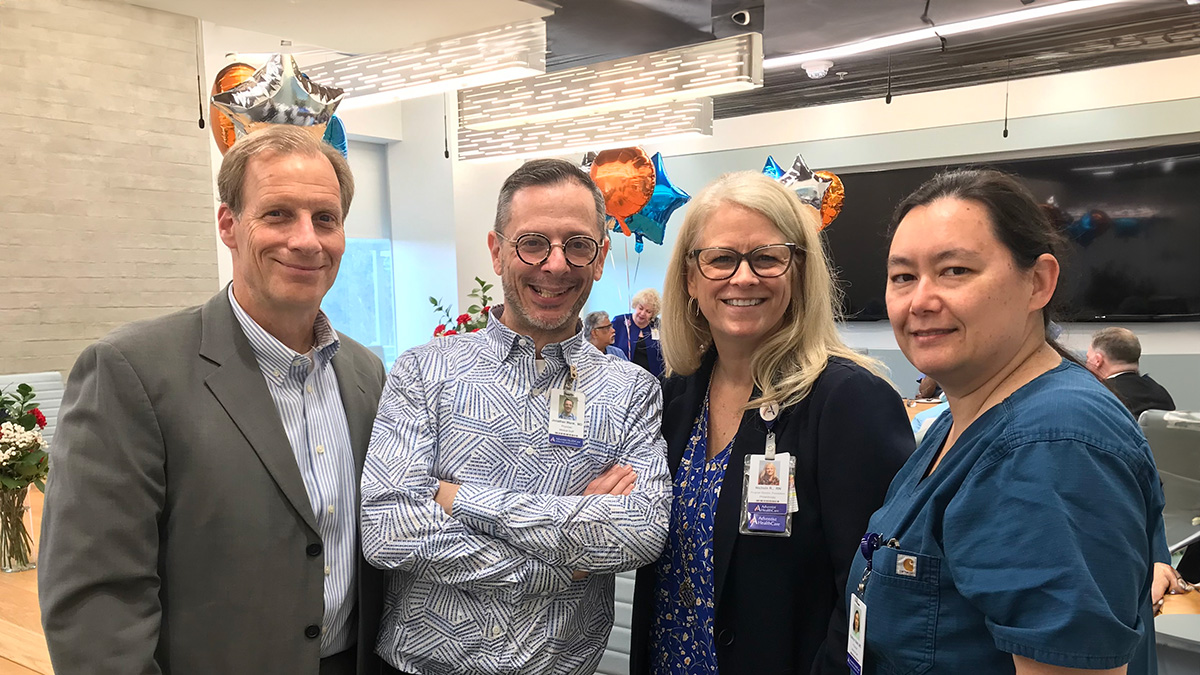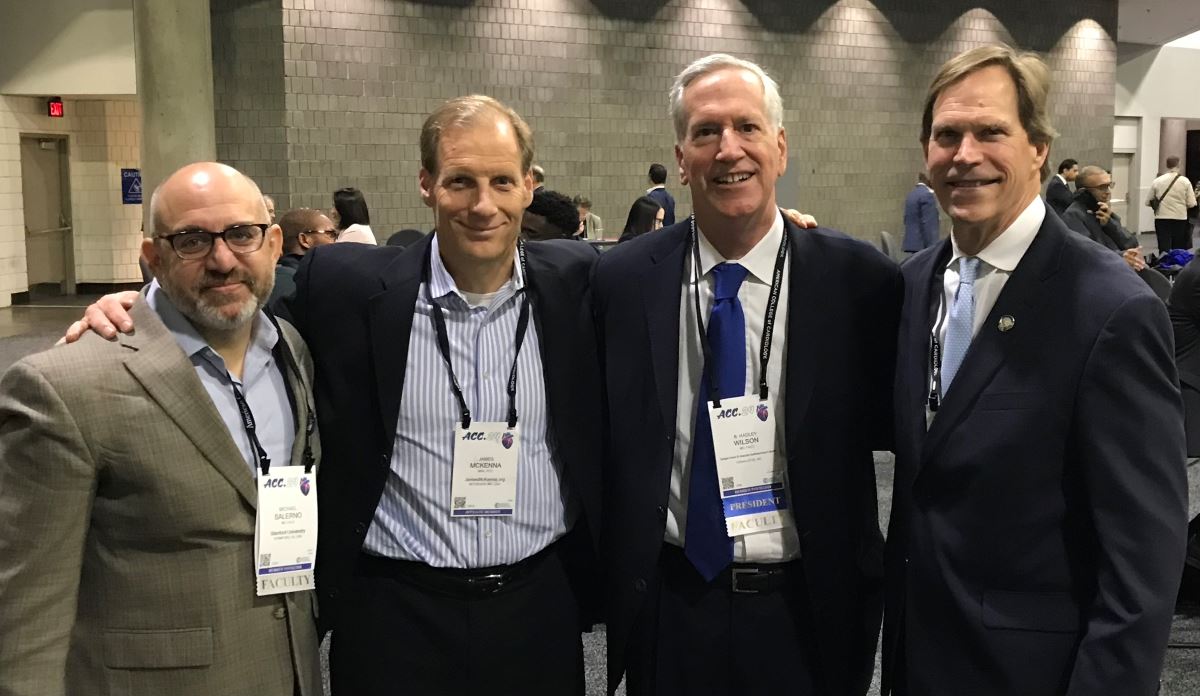Introduction
The rates of depression and suicide among physicians in the United States today are still way too high. For this reason, we’re hearing a lot about physician burnout, wellness and resilience. The good news is that there ARE many examples of solutions that have helped physicians remain safe, healthy, engaged, highly successful and well. We also know that there is no ‘one size fits all’ right-answer to resolving that per individual. With that in mind, let’s look at one physicians’ approach and how he has created his own ‘resilience protocol’ defined by his current need, his strengths and current work situation.
Hospitalist Dr. Bishop
Dr. Bishop is a male hospitalist, 42 years old. His wife is also a hospitalist. They have a two-year old child and are expecting their second. His wife has had some modest health issues that they are both monitoring. They share parenting responsibilities and their sleep schedule has been turned upside down, as he tries to support his wife during this pregnancy.
Dr. Bishop has high emotional intelligence (‘EI’, or ‘EQ’, ‘emotional quotient’ as described by Dr. Daniel Goleman in his book, “Emotional Intelligence”). Dr. Bishop has great rapport with patients and staff. He leads a team of 25 hospitalists in a community hospital that is part of a larger, branded health system.
Due to his interpersonal skills and success, he’s often assigned the tougher patients and families. Sometimes these cases are tougher clinically and they are always tougher socially, emotionally and psychologically.
Dr. Bishop notices that he doesn’t have the emotional reserves like he used to. His patience gets depleted sooner. It’s harder for him to connect to patients and families. Sometimes he feels like he’s not a good doctor because of that. He feels like he cannot catch up. He gets home late and feels guilty about not supporting his wife and child more, even though they have a nanny during the week.
During our coaching dialogues, Dr. Bishop articulates that he wants to create his own ‘resilience protocol’ to manage his chronic fatigue and lower productivity. To oversimplify his approach, he identified some system-related causes and solutions as well as developed some new personal behaviors.
Solution
First, he had a dialogue with his supervisor about sharing the load of ‘difficult patients’. In fact, he set up a few ‘lunch-and-learns’ to build the capacity of the team to get better at these, so the EQ of the team would be heightened and he wouldn’t be solely responsible for tough cases. He used some best practices from our coaching dialogues to share with them. He also tapped into other resources like the psychiatry nurses and palliative care teams, to borrow helpful language from them to use with patients and families when he, himself, was emotionally empty, and was struggling to support other families who were struggling.
Next, he noticed that his energy level dropped sooner in the day, as compared to six months ago. Instead of just ‘pushing forward’, he recognized he had to force himself to get a snack, something to drink and even take one lap around the parking lot or courtyard (a 5-10 minute break that he could afford) to ‘see the bigger picture’ to rejuvenate in order to better serve patients. Sometimes those walks included close colleagues so he could leverage healthy relationships and feel connected.
In some cases, he did the opposite: He’d tell his co-leader that he was going to find a quiet, secluded space on the other side of the unit, turn the lights down and put his head down on the desk for 5-10 minutes, when he could afford to do that. On some days, that small bit of quiet time gave him a much needed boost for the rest of the day.
On some days, he sits in the hospital chapel. It’s peaceful there. Sometimes he prays. Sometimes he just sits there and takes a few deep breaths.
He noticed he was getting ‘emotionally hijacked’ (Dr. Daniel Goleman also calls it, the ‘amygdala hijack’) during interactions sooner than in the past. Instead of reacting in an angry way, he forced himself to insert a pause in those moments and get more information: “Tell me more” he would ask the patient or family member or colleague. If he didn’t know the answer, he would admit it and say, “I’m not completely sure, but we have a great team here. So let me take this question to my colleagues and get more information for you quickly. Would that be OK with you?” He realizes that he doesn’t have to have all the answers all the time.
For those cases when he was just physically exhausted and he couldn’t muster up his typical, genuine empathy with the patient, he would “let his head take over for his heart” momentarily until the next day when he was more likely to be recharged. He would still use empathetic words, even if he didn’t feel them in the moment.
He wondered to himself: “Am I faking empathy in those moments?” After coaching dialogues and thanks to his own candor, he came to understand that even though he might be emotionally depleted and doesn’t feel sympathy or empathy in the moment, he knows himself to be an empathetic person and a great clinician. He remembers that.
He doesn’t beat himself up about that anymore. That small bit of self-awareness and self-forgiveness gives him more energy to carry on through the day.
Because he reframed his own mindset, he is noticing more stamina built back into his days now. This particular ‘resilience protocol’ is not for everyone. Dr. Bishop recognizes that he needs to continually monitor and modify it according to his own changing situation.
Nonetheless, he’s enjoying more of his work days again AND more able to be present at home for his wife and child. He’s focused on sustaining that especially with another little one on the way.

James McKenna
James McKenna is a well-known, trusted executive coach with a proven track record of optimizing performance (both individual, as well as organizational). Working with executive, physician and nursing teams at leading health systems nationwide, James helps successful leaders broaden and deepen their long-term, sustainable impact.
Related Insights
Read latest insights from James McKenna, including reflections on leadership, as well as tips to reduce stress, reduce burnout, and bring mindfulness to each and every experience.





